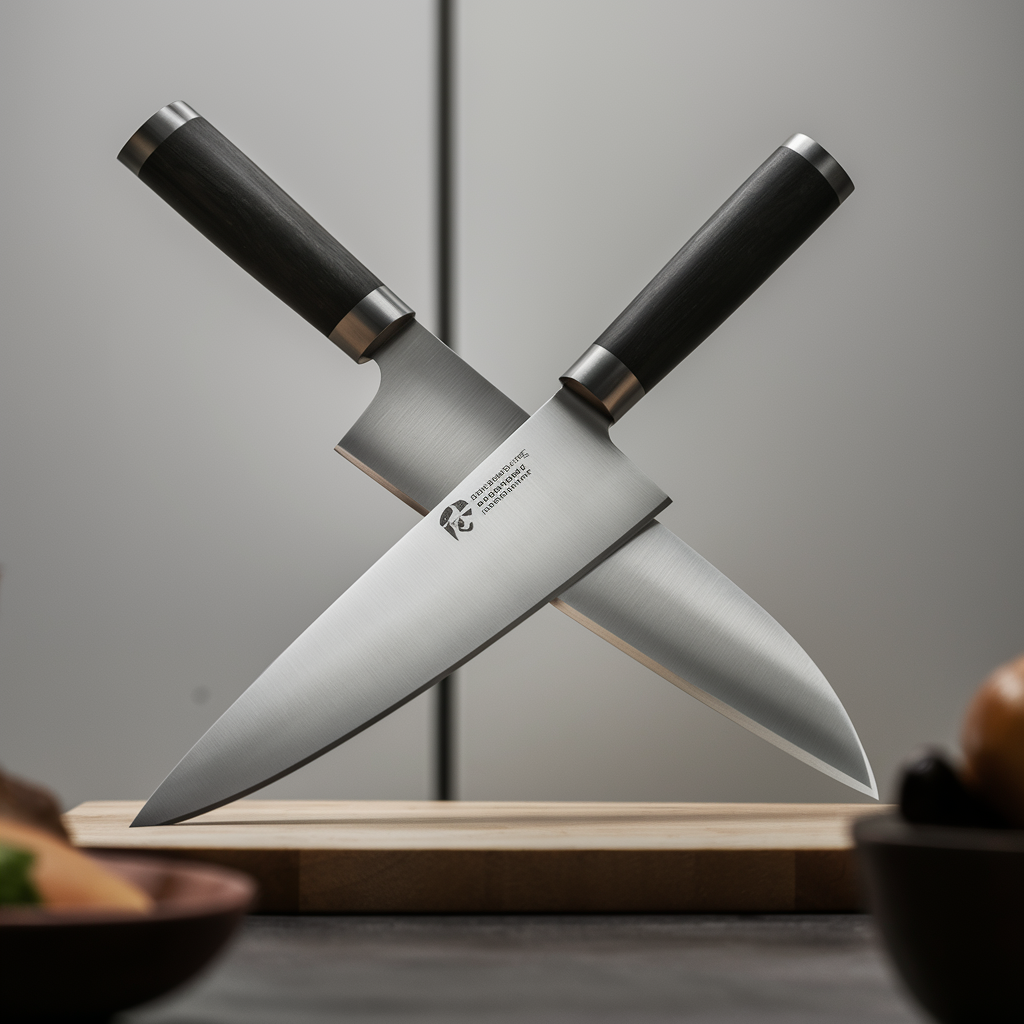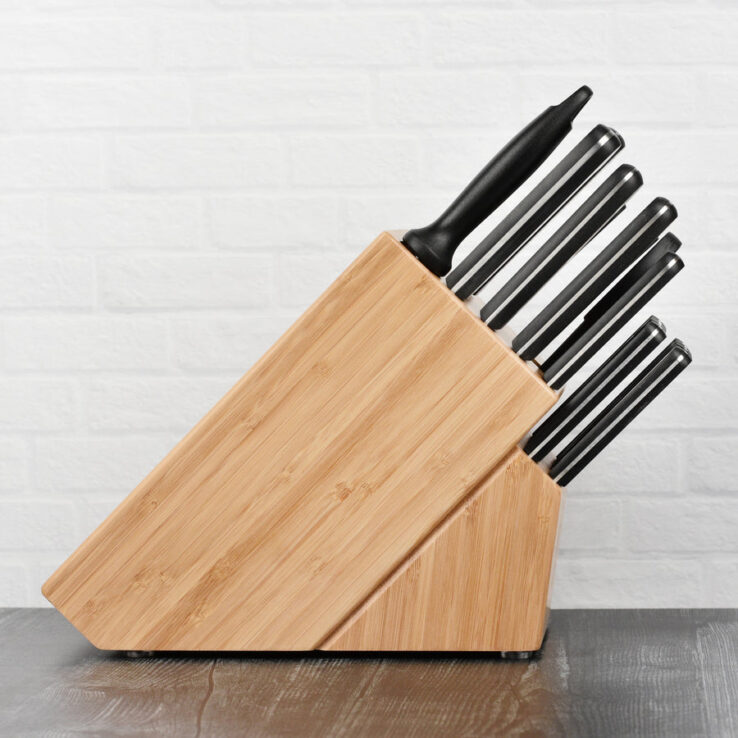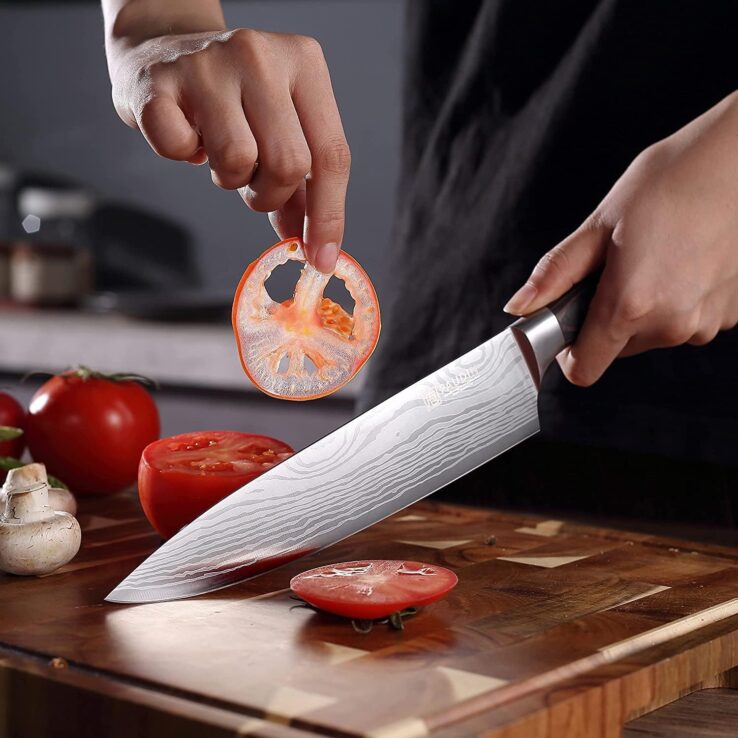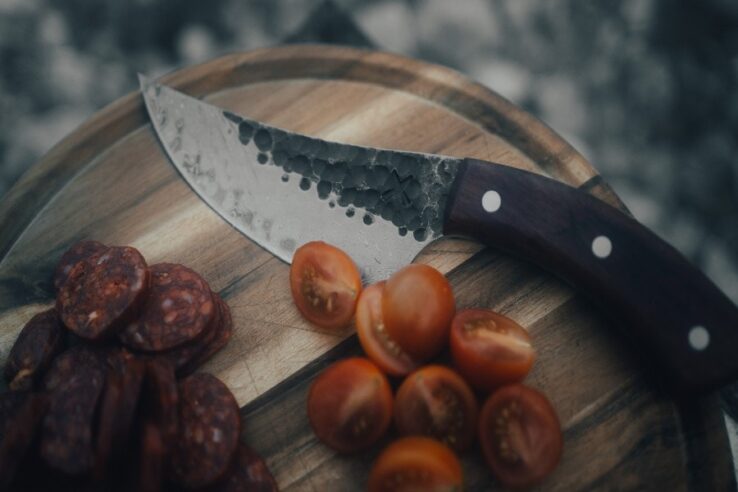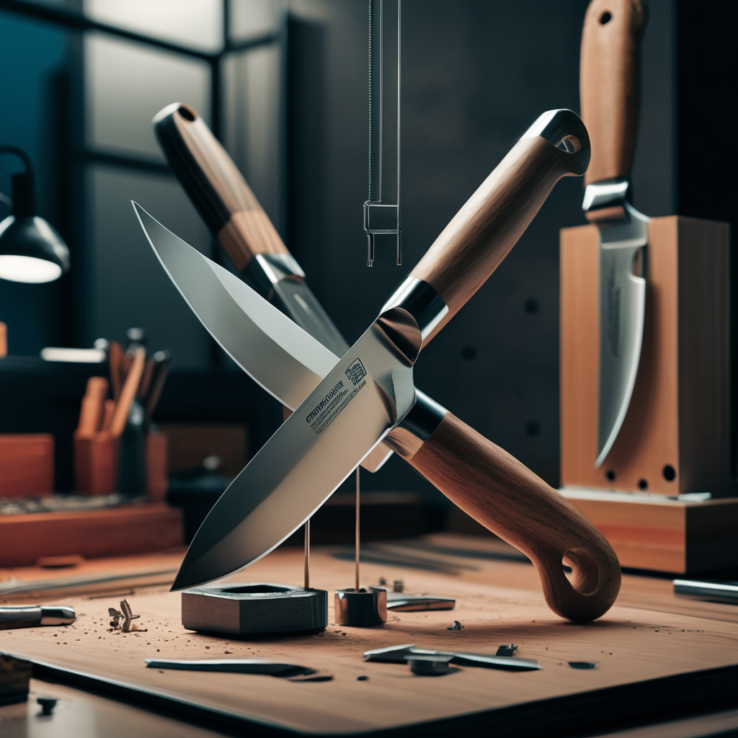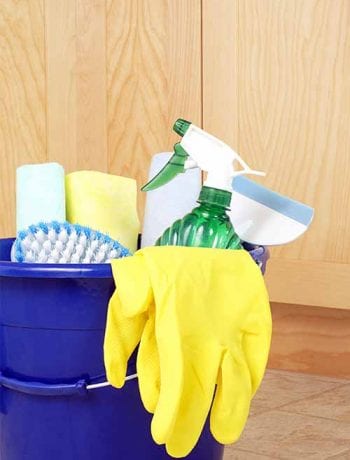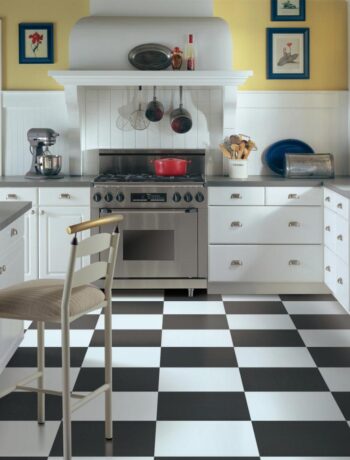Investing in a professional chef knife set is a significant decision for any culinary enthusiast or professional chef. The right set can elevate your cooking experience, boost your kitchen efficiency, and bring precision to your culinary creations. With countless options available, selecting the perfect set can be overwhelming.
This guide will walk you through the critical factors to consider when choosing a professional chef knife set for your kitchen. Read on.
Understanding Your Needs

Before diving into the features and specifications of different knife sets, it’s essential to understand your unique needs:
Cooking Frequency
How often do you cook? If you cook daily, investing in high-quality, durable knives that can withstand frequent use is crucial.
Cuisine Preference
The type of cuisine you frequently prepare may dictate the types of knives you need. For example, Japanese cuisine often requires specialized knives for sashimi and sushi.
Skill Level
Your experience level can influence your choice. Beginners may prefer sets that offer balanced, easy-to-handle knives, while experienced chefs might seek specialized or custom options.
Essential Knives in a Professional Set
A comprehensive professional chef knife set should include several essential knives. Here are the must-haves:
Chef’s Knife
The chef’s knife is the workhorse of the kitchen. It usually has an 8 to 10-inch blade that can be used for slicing meat and chopping vegetables, among other things. Look for a blade that fits comfortably in your hand and is well-balanced.
Paring Knife
The 3 to 4 inch, razor-sharp blade of a paring knife is perfect for small, precise jobs like peeling, trimming, and garnishing. It’s an adaptable instrument for fine work.
Bread Knife
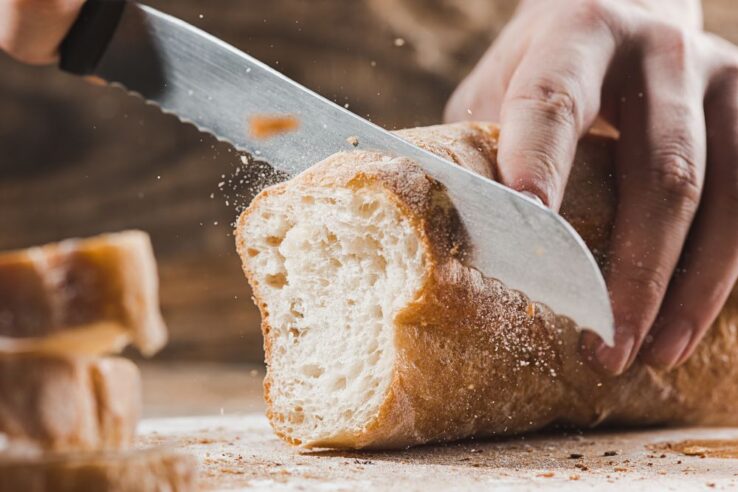
Source: bannetonman.com.au
Featuring a serrated edge, the bread knife is designed to cut through crusty loaves without crushing them. A blade length of 8 to 10 inches is common.
Utility Knife
A utility knife falls between the chef’s knife and paring knife in size, typically with a 4 to 7-inch blade. It’s suitable for medium-sized tasks like slicing fruits and vegetables.
Boning Knife
A boning knife has a narrow, flexible blade designed for deboning meat and fish. It allows for precise cuts close to the bone.
Santoku Knife (Optional)
A Japanese-style knife, the Santoku, is known for its versatility with a shorter, broader blade. It’s excellent for chopping, dicing, and mincing.
Key Features to Consider
When evaluating professional chef knife sets, keep the following features in mind:
Blade Material
The material of the blade significantly impacts performance, durability, and maintenance. Common blade materials include:
Stainless Steel
Resistant to rust and staining, stainless steel blades are durable and low maintenance. However, they may require more frequent sharpening.
High-Carbon Steel
Known for its sharpness and ease of honing, high-carbon steel maintains a keen edge longer. However, it can be prone to rust if not properly cared for.
Damascus Steel
Recognized for its distinctive wavy pattern, Damascus steel combines the benefits of different metals, offering sharpness, durability, and aesthetic appeal. Check out https://konig.kitchen/ to learn more about the best chef knife set.
Handle Material
The handle material affects the knife’s comfort, grip, and balance. Popular options include:
Wood
Wood handles are comfortable and aesthetically pleasing. It may require more maintenance to prevent cracking and warping.
Plastic/Composite
These materials are durable, easy to clean, and resistant to moisture. This makes them suitable for heavy kitchen use.
Metal
Metal handles are highly durable and hygienic. However, it can become slippery when wet and may feel heavy for some users.
Knife Construction
Consider how the knife is constructed, as this influences its balance, strength, and longevity:
Forged Knives
Forged knives are made from a single piece of metal, heated and hammered into shape. They are generally stronger, heavier, and better balanced.
Stamped Knives
Stamped knives are cut from a sheet of metal and then sharpened. They are lighter and often less expensive but may not offer the same durability as forged knives.
Tang
The tang is the portion of the blade that extends into the handle. Full-tang knives, where the metal runs the length of the handle, provide better balance and strength compared to partial-tang knives.
Balance and Weight
A well-balanced knife should feel comfortable and stable in your hand, with the weight evenly distributed between the blade and handle. The ideal weight varies depending on personal preference; heavier knives offer more cutting power, while lighter knives enhance agility and precision.
Maintenance and Care
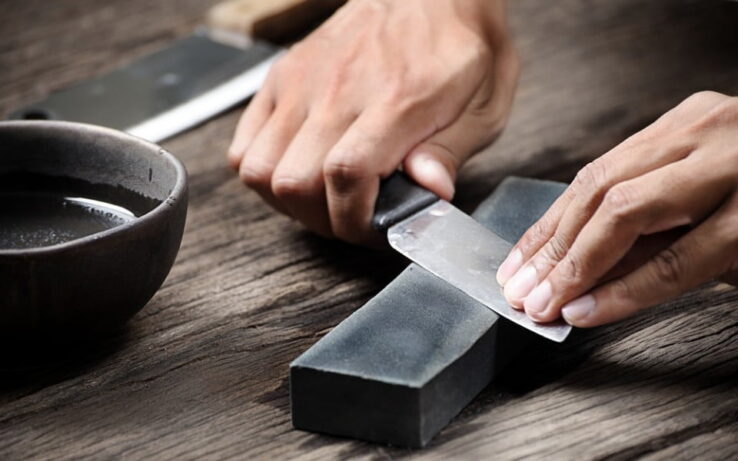
Source: smarttravelpco4.rs
Proper maintenance is crucial to ensure the longevity and performance of your chef knife set. Here are some tips:
Sharpening
Regularly sharpen your knives using a whetstone, honing rod, or electric sharpener to maintain their edge. This is to keep the quality of professional kitchen knives.
Cleaning
Hand wash your knives with mild detergent and dry them immediately to prevent rust and water damage. Avoid putting knives in the dishwasher, as it can dull the blades and damage the handles.
Storage
Store your knives in a knife block, magnetic strip, or knife roll to protect the blades and prevent accidents. It prolongs the quality kitchen knife set.
Budget Considerations
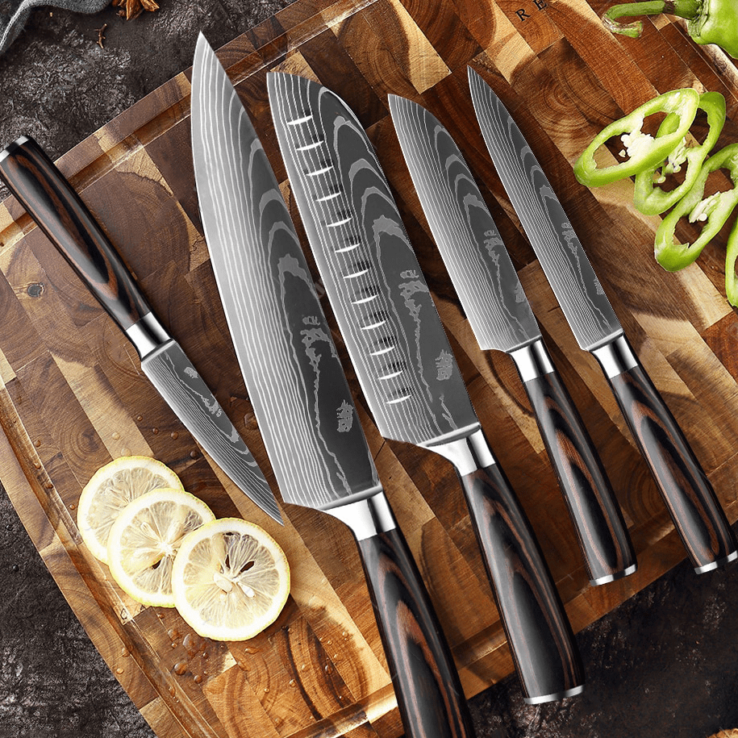
Source: kizaruknives.com
Professional chef knife sets come in a wide range of prices. While it’s tempting to opt for cheaper options, investing in high-quality knives can save you money in the long run by reducing the need for frequent replacements. Consider the following categories:
Budget-Friendly ($50-$150)
These sets offer good value for beginners or home cooks on a budget. Look for reputable brands with positive reviews.
Mid-Range ($150-$300)
Mid-range sets typically offer better materials and construction, suitable for serious home cooks and aspiring chefs.
High-End ($300 and up)
High-end sets feature premium materials, superior craftsmanship, and often include additional specialized knives. They are ideal for professional chefs or cooking enthusiasts willing to invest in top-tier tools.
Get the Best Professional Chef Knife Set
Choosing the perfect professional chef knife set for your kitchen is a matter of understanding your needs, evaluating key features, and considering your budget. By selecting a high-quality set that includes essential knives, you’ll enhance your culinary skills and enjoy a more efficient and enjoyable cooking experience.
Remember to maintain and care for your knives properly to ensure they remain sharp and durable for years to come. Happy cooking!
If you want to read more articles, visit our blog.

